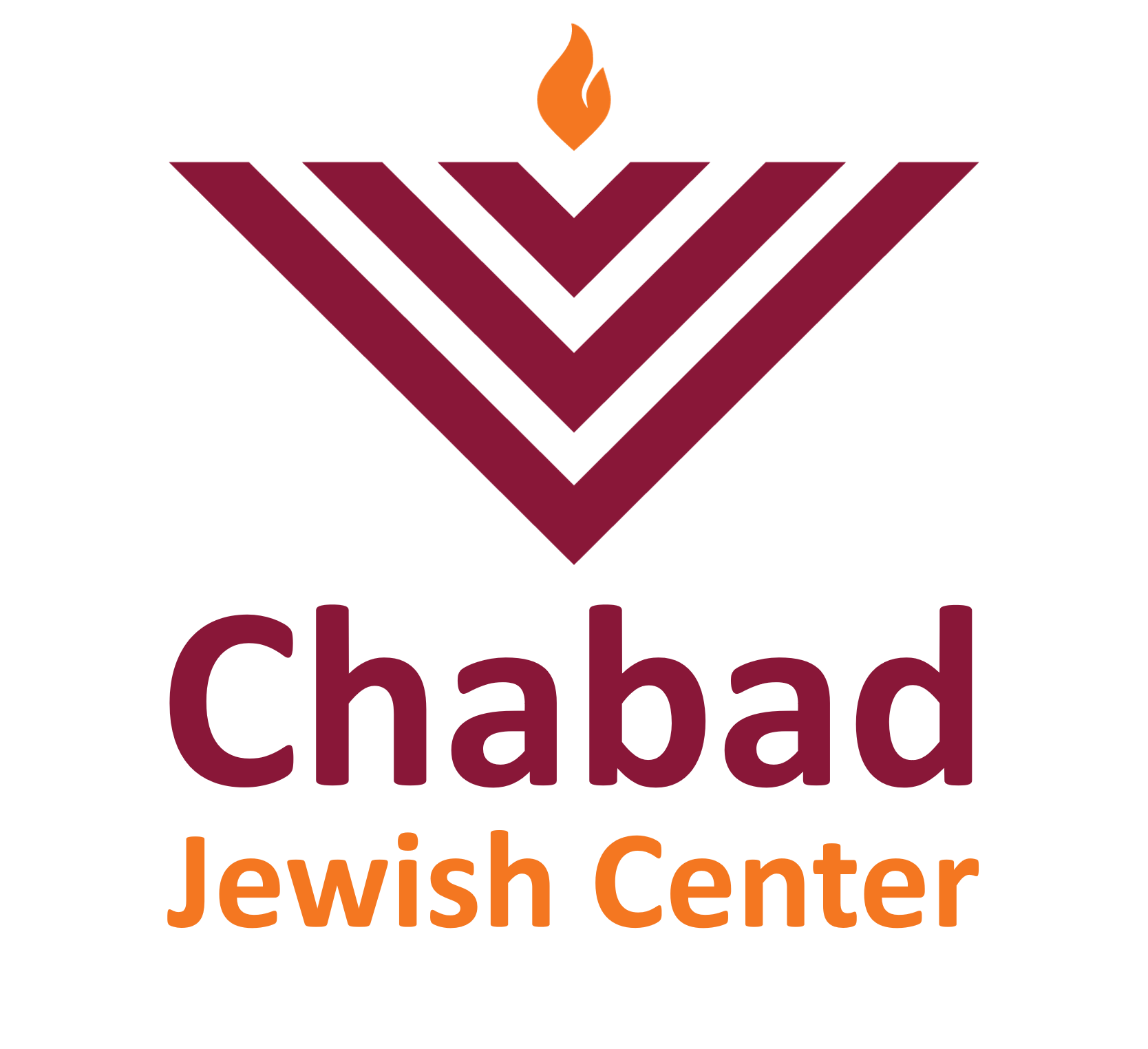01. SHABBAT CANDLES
Shabbat is a day of light; a day with a different pattern and value orientation from our ordinary weekdays. Every Shabbat is a foretaste of the era of Mashiach. The lighting of the Shabbat candles 18 minutes before sunset ushers in and inspires this state of awareness. The responsibility for lighting the candles and inducing this change of perspective is the woman’s. It is she who welcomes the Shabbat Queen into the home. Young girls from the age of three are also encouraged to light their own candle so that they too can have a share in creating this environment.
02. TEFILLIN
The Torah describes Tefillin as a sign, a public statement of Jewish involvement. By donning Tefillin every day an individual gives expression to his basic feeling of Jewish identity and its importance to him. The Tefillin are placed on the arm, facing the heart, and on the head. This signifies the binding of one’s emotional and intellectual powers to the service of G–d. The straps, stretching from the arm to the hand and from the head to the legs, signify the transmission of intellectual and emotional energy to the hands and feet, symbolising deed and action.
Our sages explain that the verse, “And all the nations of the world shall see that the name of G–d is called upon you, and they shall fear you”, applies to Tefillin. Tefillin are a medium to bring safety and security to Jews in the present era and hasten the coming of the ultimate security which will be experienced when Mashiach comes.
The Rebbe instituted this campaign on the eve of the Six Day War and specifically requested that soldiers in the Israeli Defence Forces should lay Tefillin and that this would protect them in battle.
03. MEZUZAH
“And you shall write them on the doorposts of your house and on your gates.” (Deuteronomy 6:9, 11:20)
A kosher Mezuzah is a small parchment scroll, hand-written by an expert scribe, which contains two Biblical passages,one of them the Shema Yisrael. On the reverse side of the parchment are written the three Hebrew letters, Shin (ש), Dalet (ד), Yud (י). This is an acronym for the Hebrew words, שומר דלתות ישראל, meaning, “Guardian of the doors of Israel”. A Mezuzah is affixed on the right side of every door of the home (except the bathroom) and it protects the inhabitants while in and out of the house.
A Mezuzah designates a house (or room) as Jewish, it reminds us of our connection to G–d and our heritage. By placing it on the doorpost we declare that this is a house or room where the word of G–d and his Torah influences our behaviour, thus rendering it a holy dwelling.
Both Tefillin and Mezuzot need to be certified as kosher by an authorised scribe. They also require regular checking. In many instances, when the Rebbe received a request for a blessing (particularly in health matters) he suggested that Tefillin and Mezuzot be checked.
04. TORAH
Torah is the medium of communication through which G–d enables man to know and serve Him. The campaign for Torah study encourages every individual to set fixed times for Torah study every day so that our spiritual growth and development can be systematic and directed. Rabbi Shneur Zalman of Liadi explained that Torah study should be fixed not only in time but also in soul. It should be the vortex around which the entire spectrum of our day-to-day experience revolves.
10. FAMILY PURITY
Taharat Hamishpachah – the attitudes and practices the Torah prescribes for married life – help to develop genuine communication and love between husband and wife and bring to the world healthy and loving children. Couples from all walks of life have adopted this mitzvah as a means to enhance and enrich their married life. A rabbi should be consulted as to the details of these laws.





